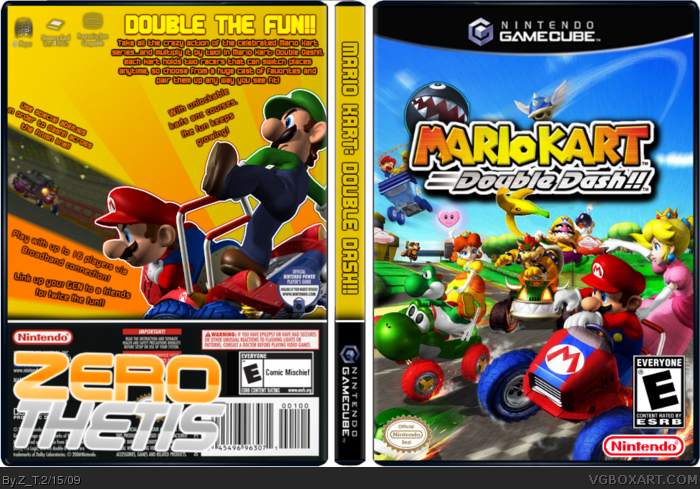
- #SUPER MARIO KART 64 3D WAREHOUSE CODE#
- #SUPER MARIO KART 64 3D WAREHOUSE LICENSE#
- #SUPER MARIO KART 64 3D WAREHOUSE SERIES#
Bright colors popped against dark backgrounds. A thick mustache showed up better than a mouth and accented the bulbous nose. Accordingly, he designed his little carpenter mostly by creating elegant solutions to practical, 8-bit problems. Miyamoto intended Mario to be his go-to character, a slightly pudgy, silly-looking fellow who could easily fit into any game as needed. For his next appearance in 1983's Donkey Kong Jr., he took on the whip-wielding villain role. Well before Mario became the official mascot of Nintendo, Donkey Kong's runaway success - 60,000 cabinets eventually shipped - was attributed to its star: Donkey Kong. He propelled his creator from staff artist to legend, honored in America, knighted in France and in control of his own division at the third largest company in Japan.
#SUPER MARIO KART 64 3D WAREHOUSE SERIES#
He's gotten his own cartoon series and, unfortunately for those that saw it, a live-action film. Six out of the top-ten best selling videogames of all time are Mario games. He's launched consoles, salvaged entire industries and led the charge into true 3D gaming. He's appeared in two hundred games, collectively selling over two hundred million units.

Might As Well Jump Twenty-six years later, Mario is the face of videogaming, more recognized around the world than Mickey Mouse. His breakthrough came when their landlord burst into a board meeting, demanding long-overdue rent. Arakawa, his wife and a few others changed two thousand Radar Scopes into Donkey Kongs, but Arakawa knew "Jumpman" wouldn't cut it with the Americans. Chips and conversion kits were shipped to America in 1981. Everything had to stay within Radar Scope's hardware limitations.
#SUPER MARIO KART 64 3D WAREHOUSE CODE#
YES NO Under protest, they delivered a whopping 20k of code while Miyamoto composed the music and designed animated "intermissions" to advance the story.

It was foolish, like redesigning a chess board every five moves. His four-man programming team didn't want to code the same game four times. Very quickly, a giant gorilla subbed for Bluto while Popeye the Sailor-Man became Jumpman, a carpenter leaping barrels and scaling his construction site to rescue "Lady." Miyamoto wanted a linear progression through different stages.
#SUPER MARIO KART 64 3D WAREHOUSE LICENSE#
Miyamoto based his plot on the Popeye love triangle, a license Nintendo pursued and lost.

For the first time, story came first and gameplay was designed around it. a graphic artist who'd never designed a game in his life. Yamauchi agreed, handing the job to Gunpei Yokoi, creator of the successful Game & Watch series, and his young protege, Shigeru Miyamoto. Anything less would be the nail in Nintendo of America's coffin. Minoru Arakawa, the man who placed the bold Hail Mary order, begged his father-in-law ( Nintendo CEO Hiroshi Yamauchi) to reprogram the useless Radar Scope machines into a new hit game. Out of three thousand units built, its much-hyped, last-ditch arcade shooter Radar Scope only sold one thousand units. After just three years, Nintendo's aggressive move into the North American videogame market proved a complete disaster.


 0 kommentar(er)
0 kommentar(er)
